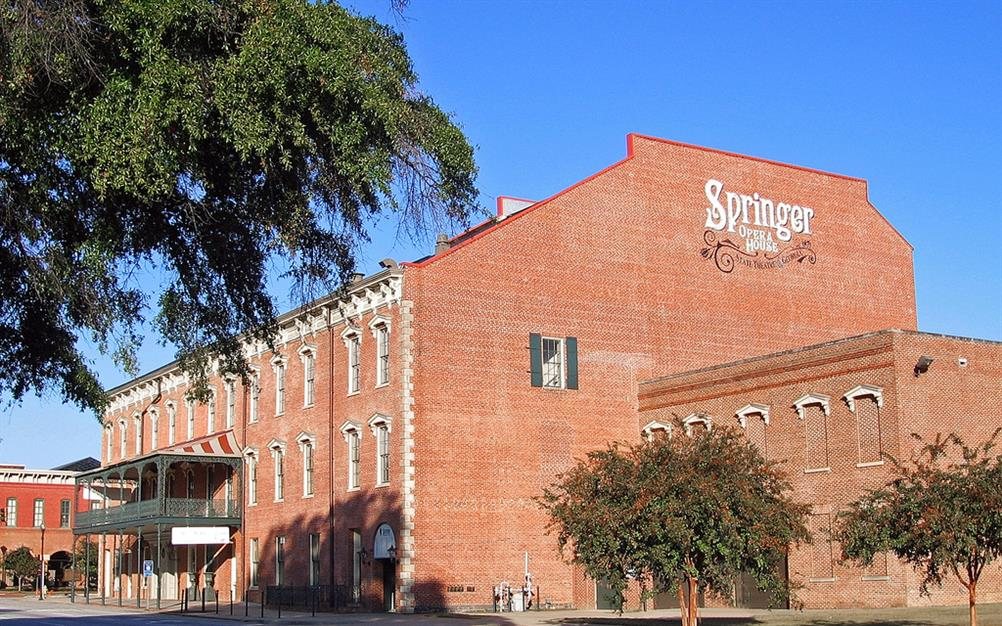
Construction was delayed for a brief time due to short supply of brick and lumber, but by January 1871 the exterior was substantially complete and work had begun on the interior fresco painting. Construction worker John Prince suffered a fatal head wound when a scaffold collapsed inside the hall.

The speedy construction was not without accident, however. By Augthe Columbus Enquirer newspaper reported that the building was projected to be completed as early as November of the same year. Construction Ĭonstruction of the new theater building began immediately and advanced quickly. Springer would become the largest shareholder of the Public Hall Association and would further his stake over a period of time by repaying the remaining stockholders until he held full ownership of the new facility.

Springer had long held a love for theatre, music, and dance, and had dreamed of opening a theater in Columbus. Springer īy May 1870, businessman Francis Joseph Springer, an immigrant from Alsace who had become very prosperous in the grocery business, had committed to build the new theater on the site of his centrally-located store at the corner of Crawford and Oglethorpe Streets, the present 10th Street and 1st Avenue in downtown Columbus. By July 15, less than a month after that initial meeting, more than half of the funds necessary for construction had been raised. The association decided among other things, that the hall would be named for the person holding the largest block of stock. Swift, Sr., the new association quickly raised funds through the selling of stock.

On June 19, 1869, just four years after the conclusion of the American Civil War, a meeting was held in the Columbus banking office of John King to establish a Public Hall Association for the purpose of establishing a performance hall that the city could be proud of. From 1828 to 1870, stages of various size and improvement came and went, but all would be considered primitive in comparison to what would follow. The first recorded performance in an enclosed theater building took place during July 1828. Theatre has had a presence in Columbus, Georgia since the very first year of the city's existence.



 0 kommentar(er)
0 kommentar(er)
